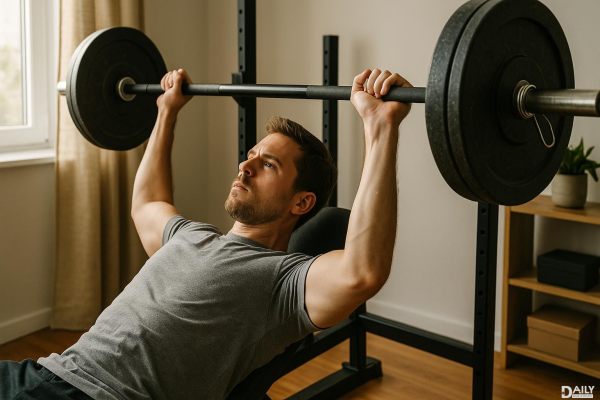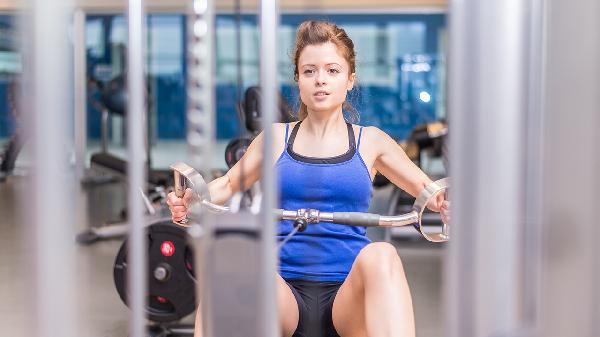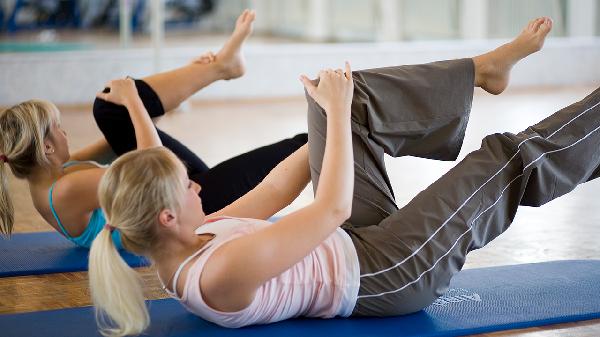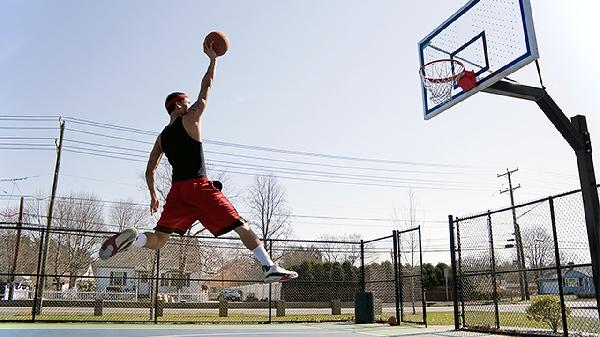You don't need a gym full of high-tech machines to sculpt strong, toned arms—just a pair of dumbbells and the right exercises. Whether you're aiming for defined biceps, stronger shoulders, or a more powerful back, dumbbell arm workouts can deliver serious results. The key is choosing movements that target multiple muscle groups, using weights that challenge you (without wrecking your form), and staying consistent. Trainers recommend at least two strength sessions per week to see progress, but even one focused arm day can make a difference if you're strategic with your exercise selection.
Why Dumbbells Are a Game-Changer for Arm Strength
Dumbbells might seem basic, but they’re one of the most versatile tools for upper-body training. Unlike machines that lock you into a fixed range of motion, dumbbells force your muscles to stabilize the weight, engaging smaller stabilizing muscles that often get neglected. Plus, they allow for unilateral training—working one arm at a time—which helps correct imbalances and prevents one side from dominating the movement. And let’s be real: they’re way more budget-friendly than a gym membership or a full home setup. Whether you’re working with 5-pounders or 20s, dumbbells can be scaled to your fitness level, making them perfect for beginners and seasoned lifters alike.
The Best Dumbbell Exercises for Stronger Arms
We tapped top trainers for their go-to dumbbell moves that build serious upper-body strength. These exercises hit your biceps, triceps, shoulders, and back from every angle, ensuring balanced muscle development. Remember, form is everything—going too heavy with sloppy technique is a fast track to injury. Start light, nail the movement patterns, then gradually increase the weight.
Dumbbell Bicep Curl
The classic curl is a must for building sleeve-stretching biceps. Stand tall with dumbbells at your sides, palms facing forward. Keeping your elbows glued to your ribs, curl the weights up toward your shoulders, squeezing your biceps at the top. Lower with control—no dropping! For variation, try hammer curls (palms facing each other) to target the brachialis, a muscle that adds thickness to your arms.
Overhead Dumbbell Press
This shoulder-builder also fires up your triceps and core. Sit or stand with dumbbells at shoulder height, palms facing forward. Press the weights straight up until your arms are fully extended (but don’t lock your elbows), then lower slowly. If your shoulders feel cranky, try a neutral grip (palms facing each other) to reduce strain.
Dumbbell Row
Rows aren’t just for your back—they also torch your biceps and rear delts. Place one knee and hand on a bench, holding a dumbbell in your free hand. Pull the weight toward your hip, keeping your elbow close to your body, then lower with control. No bench? Try bent-over rows with both arms at once.
Triceps Kickback
This isolation move obliterates those stubborn triceps. Hinge at the hips, keeping your back flat, and hold dumbbells with elbows bent at 90 degrees. Extend your arms straight back, squeezing your triceps at the top, then return to the start. Keep your upper arms still—only your forearms should move.
Lateral Raise
For sculpted shoulders, lateral raises are non-negotiable. Stand with dumbbells at your sides, palms facing in. Lift the weights out to shoulder height with a slight bend in your elbows, then lower slowly. Avoid shrugging—your traps shouldn’t take over.
How to Structure Your Dumbbell Arm Workout
You don’t need to do all nine moves in one session—that’s a recipe for burnout. Instead, pick 4-5 exercises per workout, aiming for 3-4 sets of 8-12 reps per move. Pair pushing exercises (like overhead presses) with pulling moves (like rows) to keep your training balanced. And don’t skip rest days—muscles grow during recovery, not while you’re grinding through reps.
Common Mistakes to Avoid
Even simple dumbbell exercises can go sideways if your form slips. Watch out for swinging your weights (momentum isn’t your friend here), arching your back during presses, or letting your shoulders creep up during raises. If you’re struggling to control the weight, drop down a size—better to lift lighter with perfect form than to ego-lift and risk injury.
Consistency beats intensity every time. Stick with these moves, progressively challenge yourself, and those arm gains will come. And hey, if DOMS hits hard after your first few sessions, take it as a badge of honor—you’ve officially put those dumbbells to work.
























